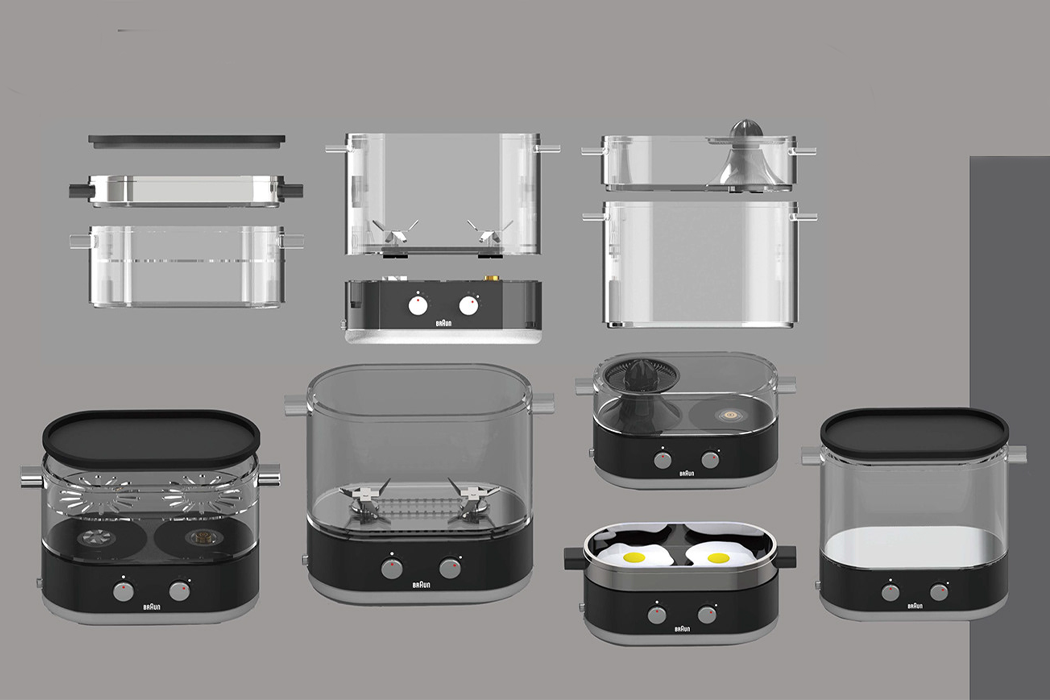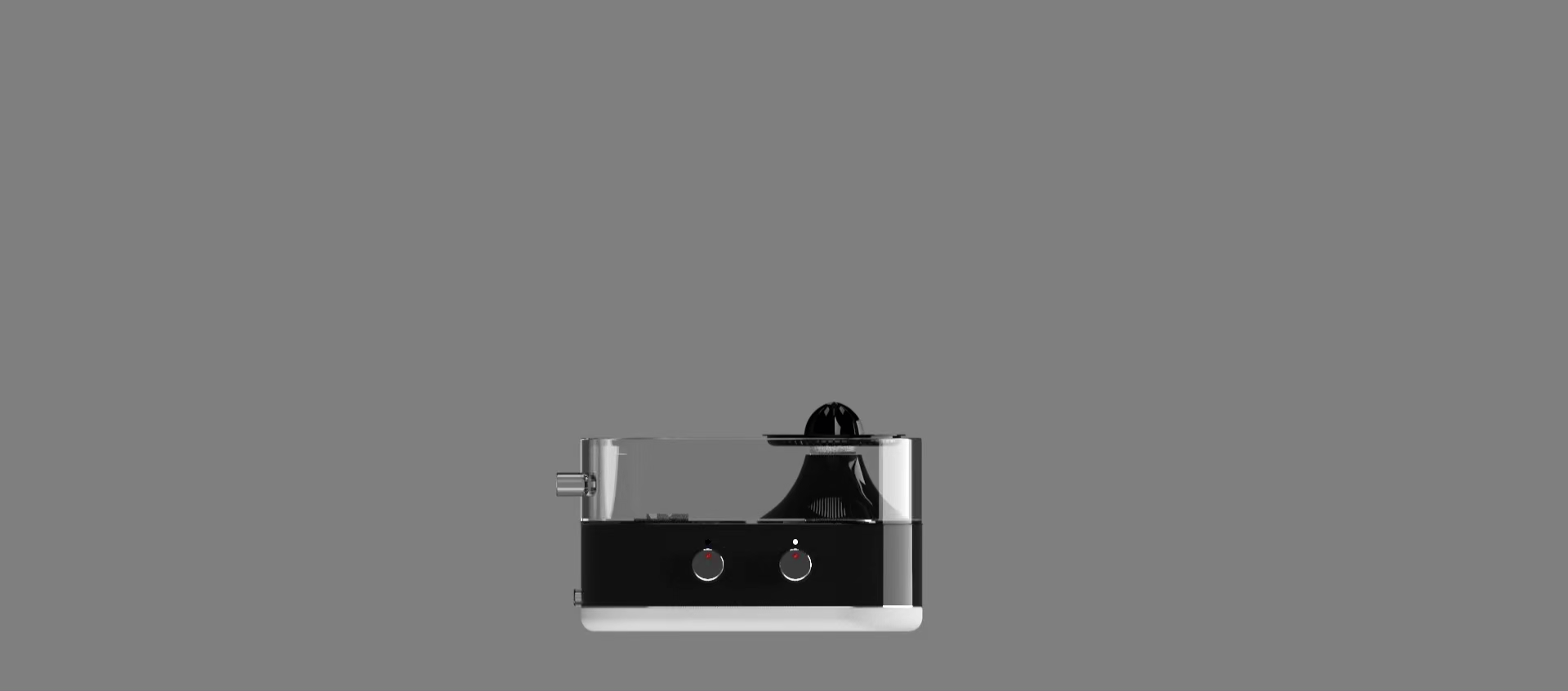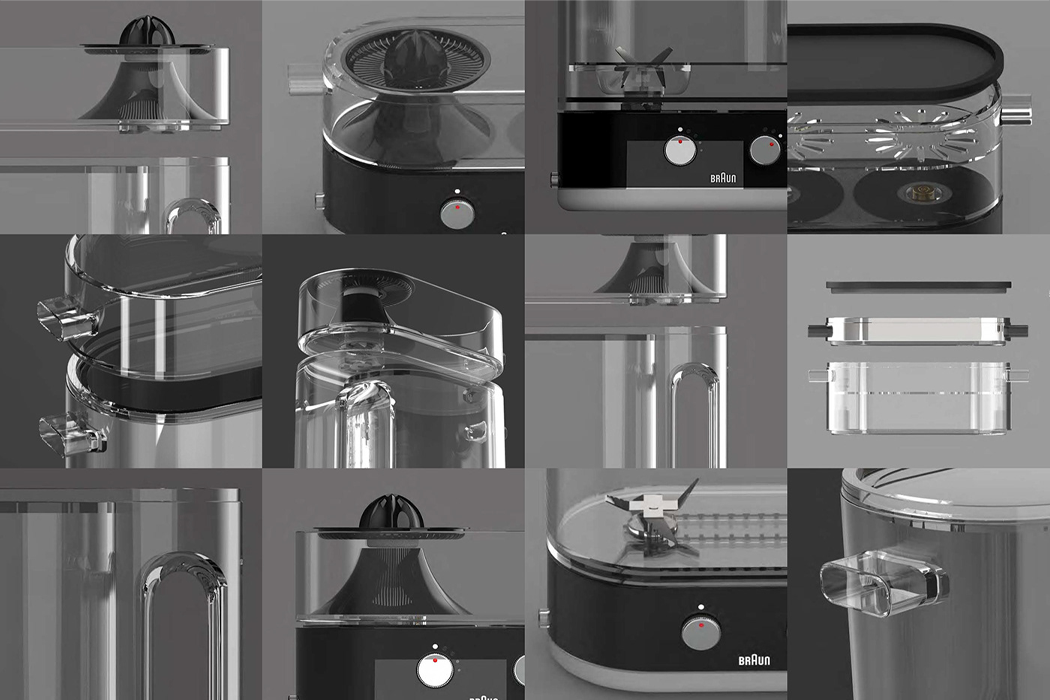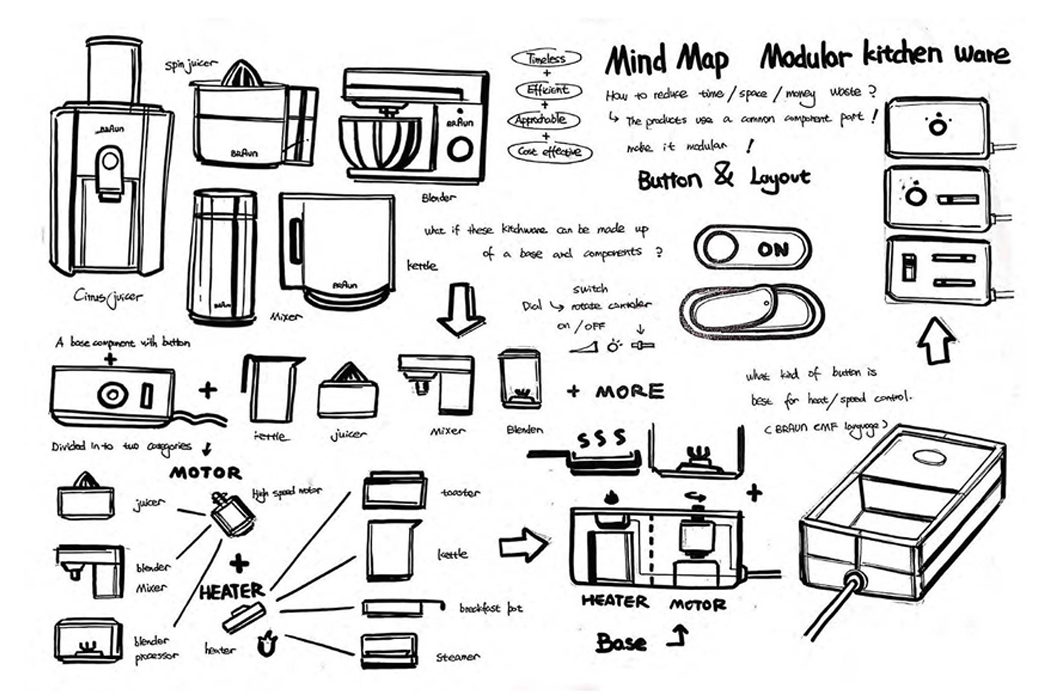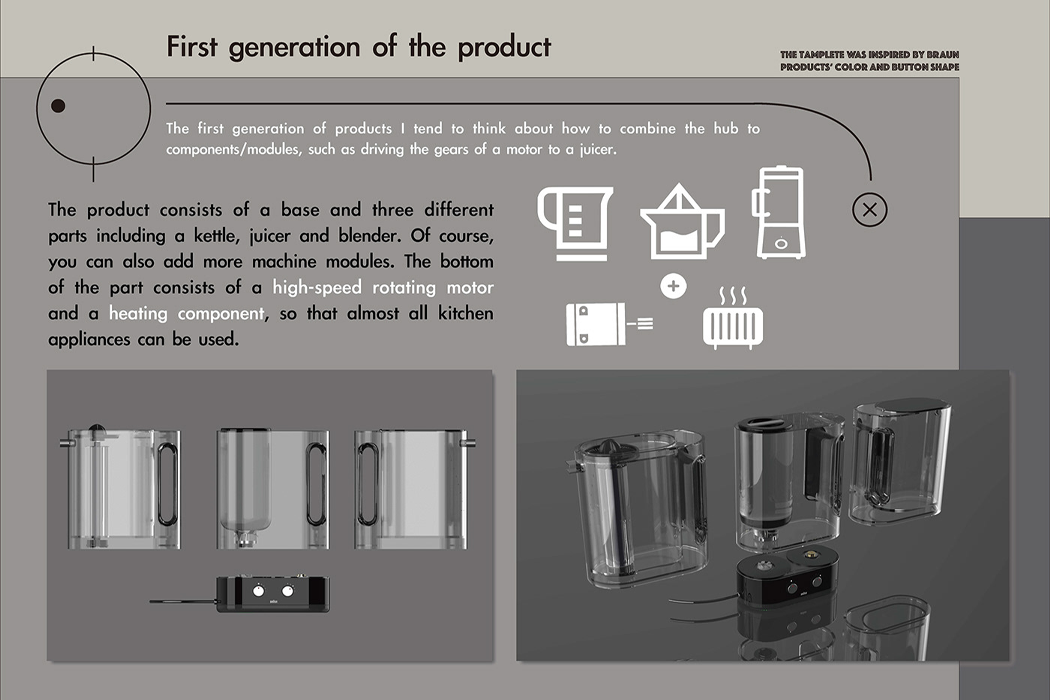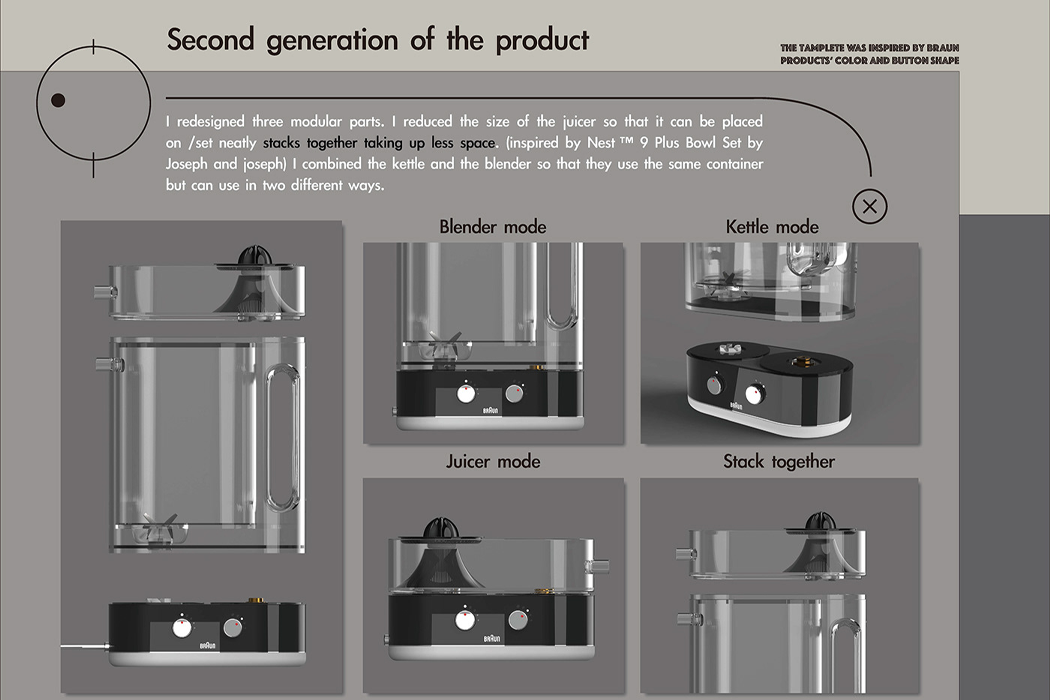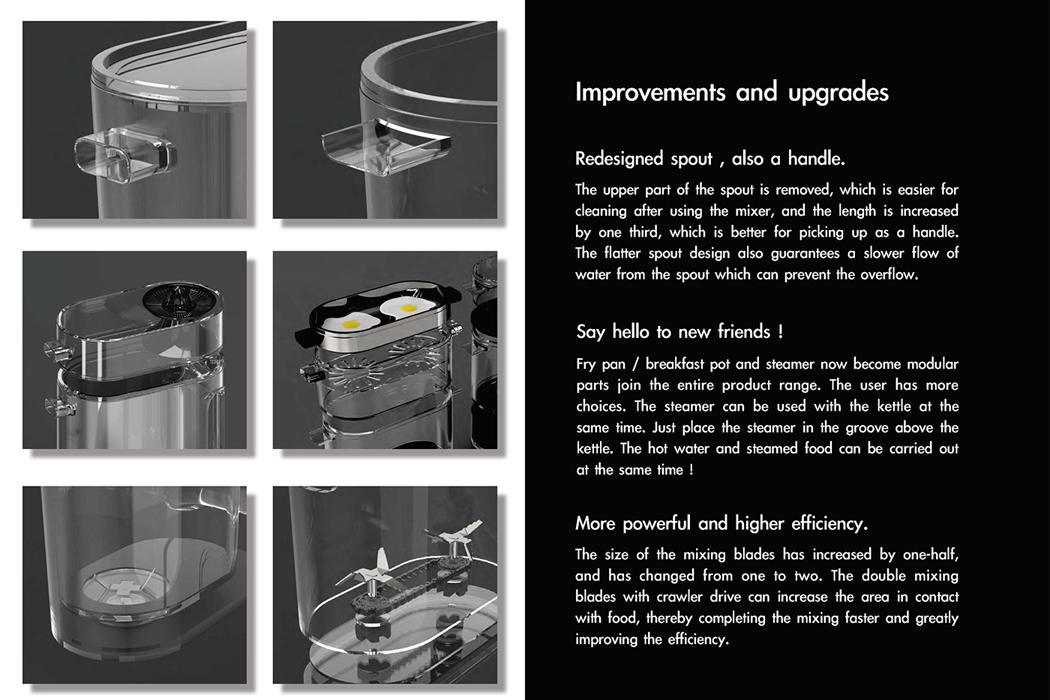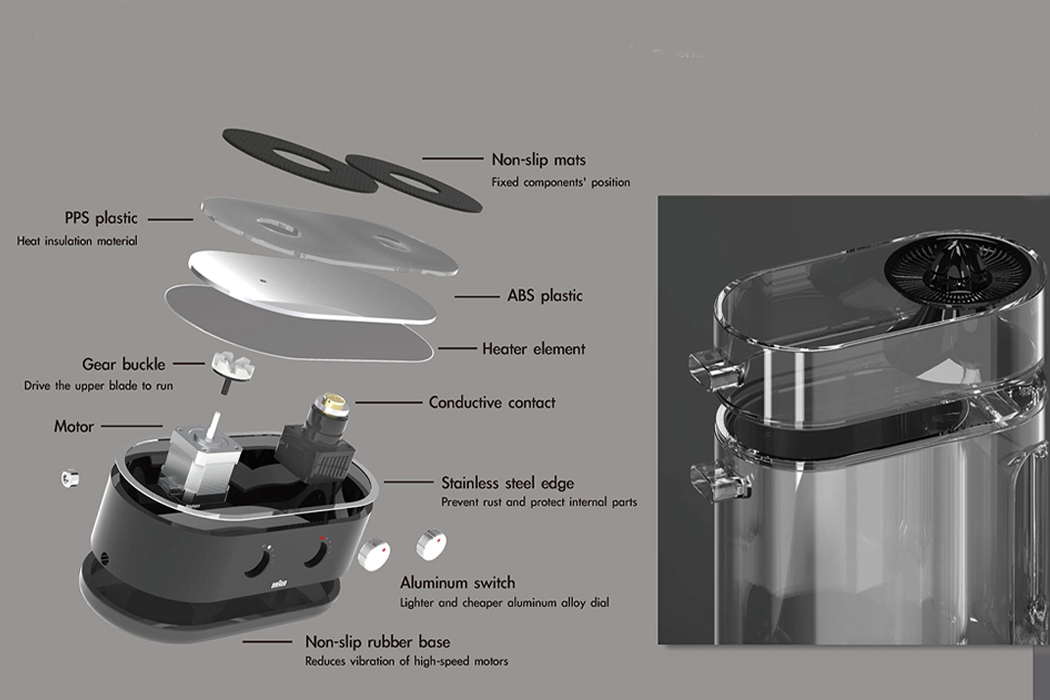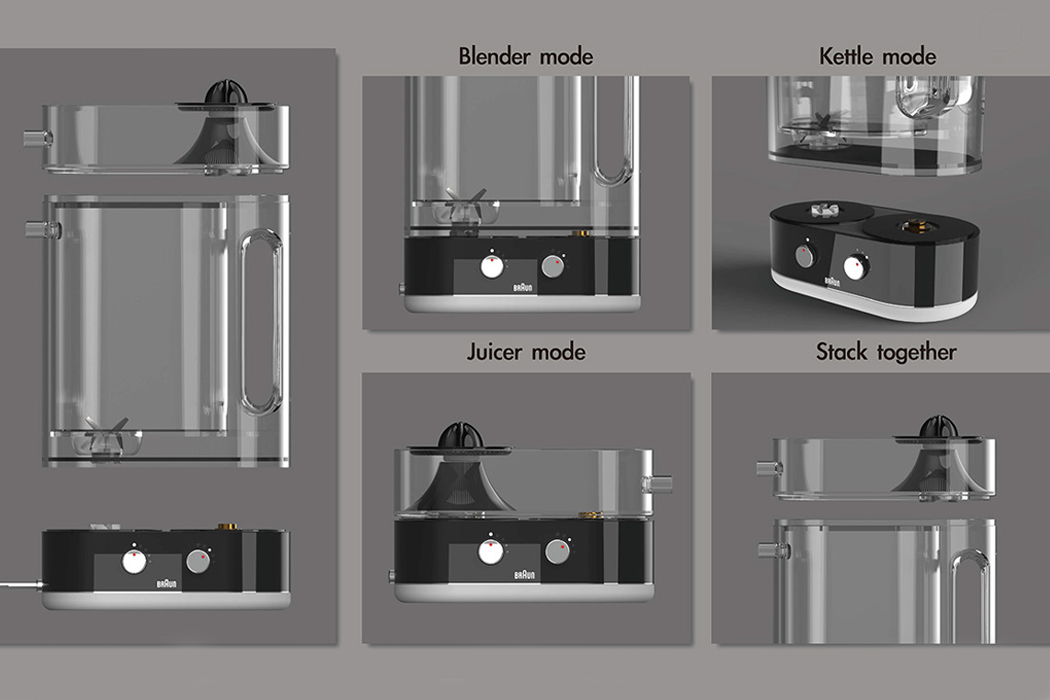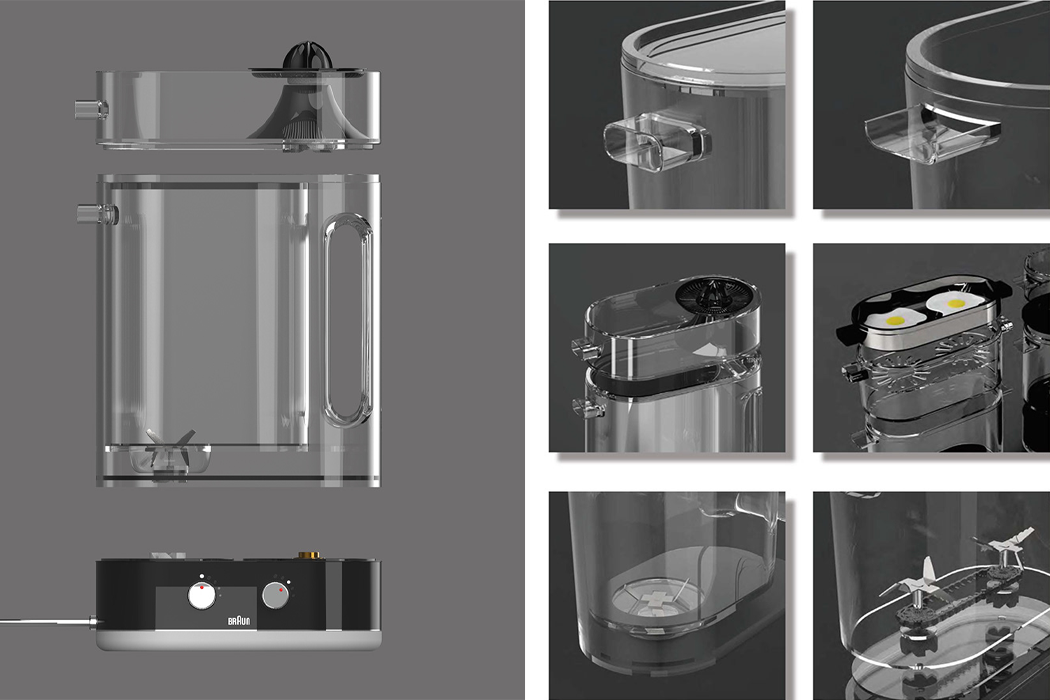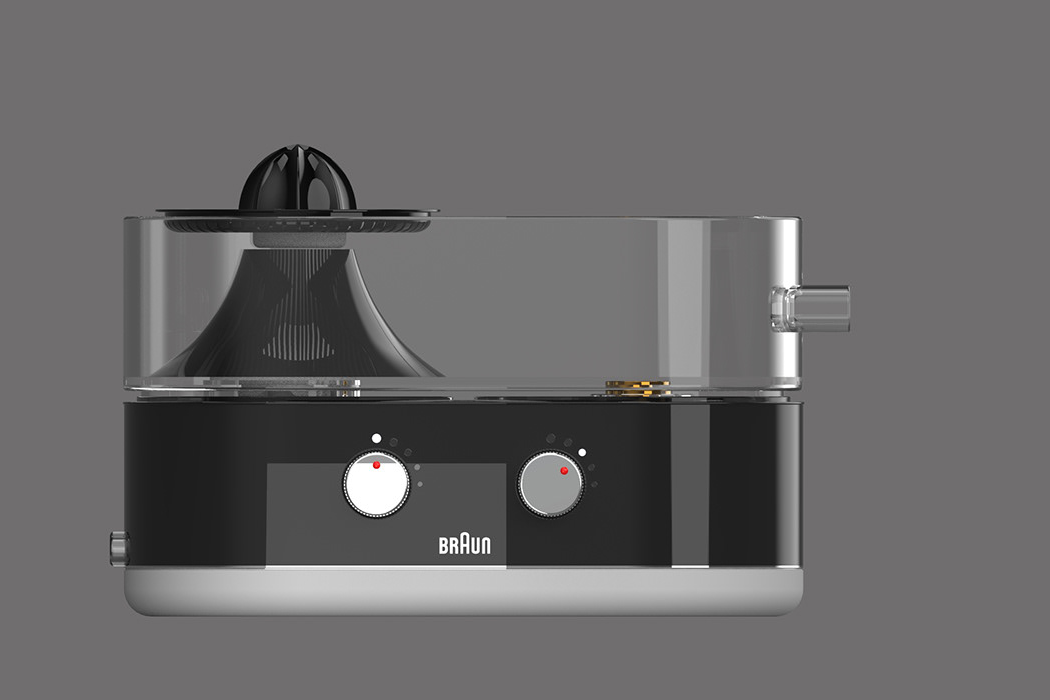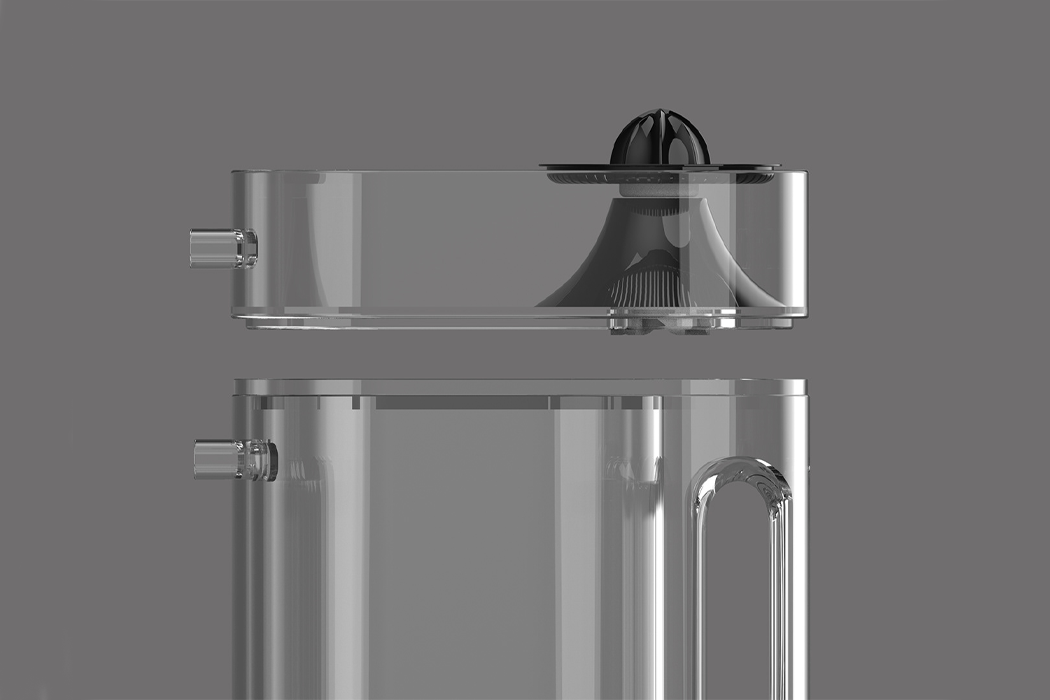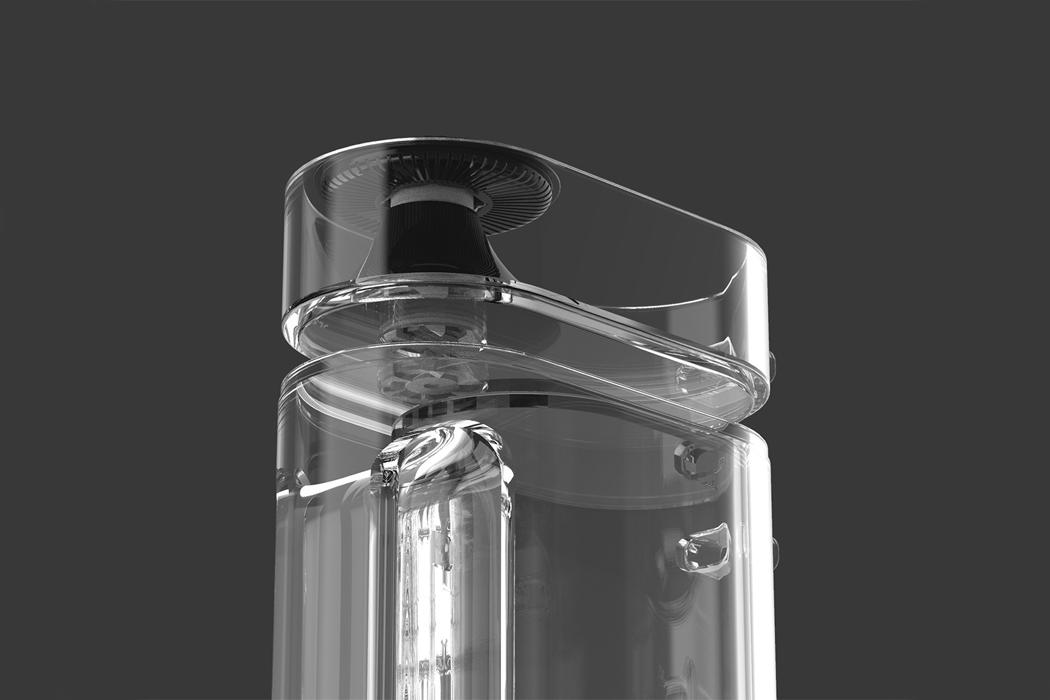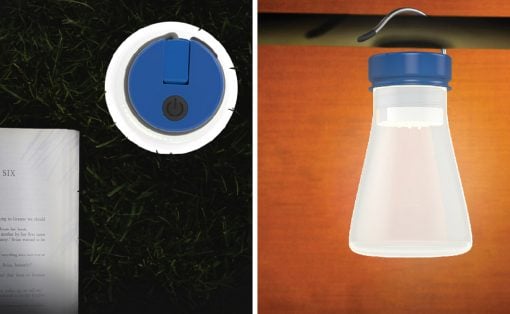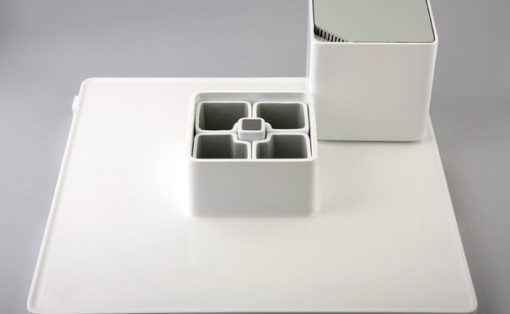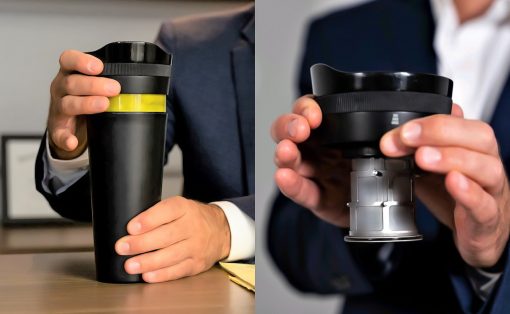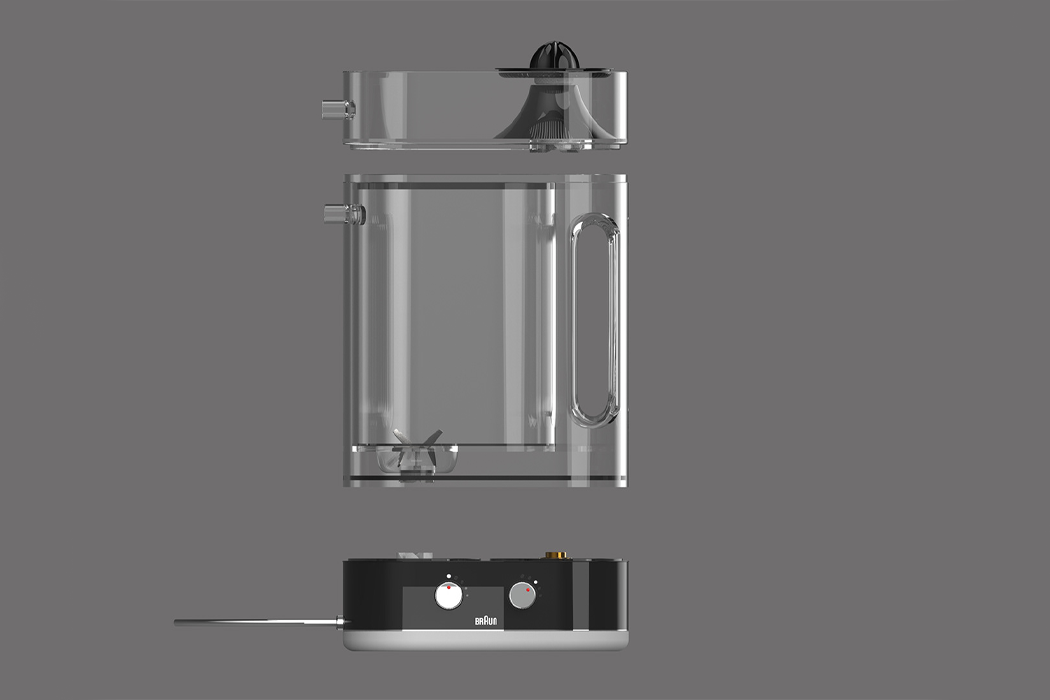
Kitchen appliances can quickly turn into collections of bulky hardware and tangles of wire if we’re not careful. Blenders, toasters, kettles, and steamers – the wish list is endless and there’s always a new kitchen tool that could be added to our carts, and then when it comes time to organize, forget about it. Modular kitchenware designs come in handy when we feel that we’ve reached our limits…or storage capacities. Finding inspiration in the design language of Dieter Rams’ Braun collection, ChenKai Zhang created renderings for a modular kitchenware concept that’s as familiar and practical as the iconic Braun appliance.
Zhang recognized several strong points in Braun’s design language, including its timelessness, efficiency, cost-effectiveness, and approachability. Zhang hoped to achieve a similar timeless feel for his modular kitchenware concept by attributing like-minded color schemes and construction materials to his product design. The clean coupling of stainless steel accents with a colorful coating of ABS plastic is reminiscent of Braun products and carries with it a sense of familiarity. With this combination of fresh, sleek display and a trusted construction process, Zhang developed his own interpretation of Braun’s approachable and timeless appeal. Zhang essentially universalized Rams’ mechanical design language to offset and charge one base component so that it can then provide power for other attachable kitchen appliances such as juicers, electric kettles, and blenders. Inside the base component, gear buckles, motors, and conductors all work together to either provide heating or power for the two mixing blades to run. The base component consists of a high-speed motor and a heating component to which users can attach and utilize most kitchen appliances. In order to take up less space in the kitchen, Zhang ensured that all of the kitchen modules were the right size to stack onto one another. Zhang also redesigned the spout for modules containing liquid by both flattening it, offering slower pours, and lengthening it for easy pickup.
An integrated interface of two aluminum switches, located on the design’s electric base component, gives users the option to either use a high-speed motor or a heater. Once decided, additional modular components can then be attached to the base component to prepare food items according to the chosen mechanism. In addition to the three modules mentioned, Zhang designed frying pan, steamer, and breakfast pot modules to attach to the base component for other options. The product design’s efficiency is attained through Zhang’s commitment to practicality above all else. This practical approach to design is shown through the modular kitchenware’s conceptualization phase. Moving through three generations of products, Zhang ultimately designed a modular tool for the kitchen that allows users to choose between six different functioning cooking appliances.
Designer: ChenKai Zhang
